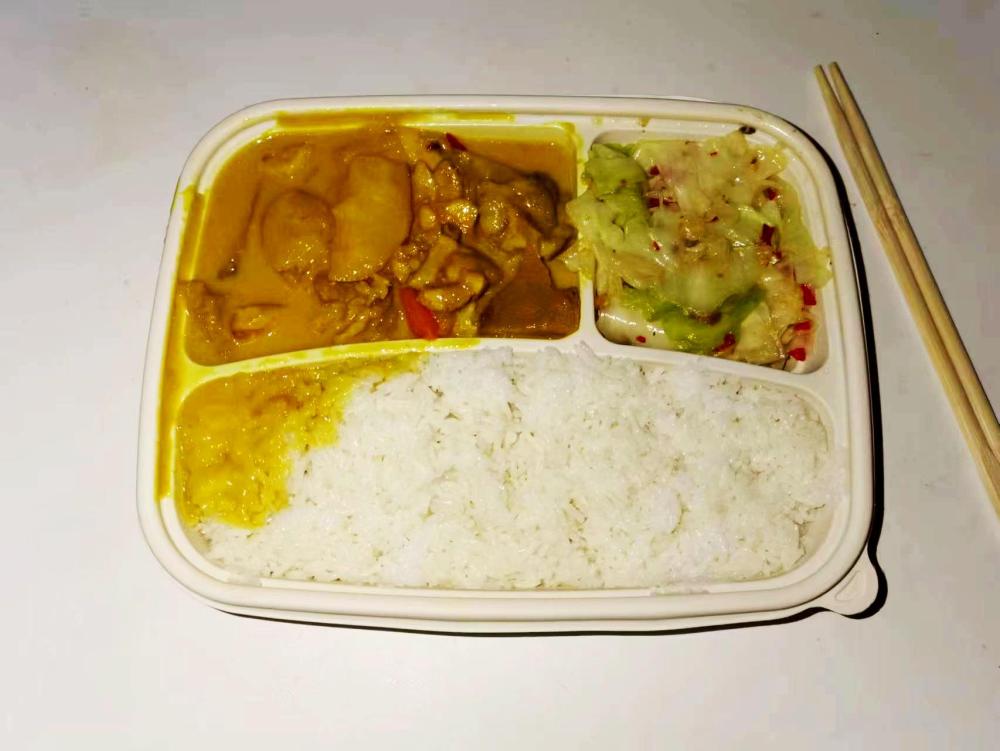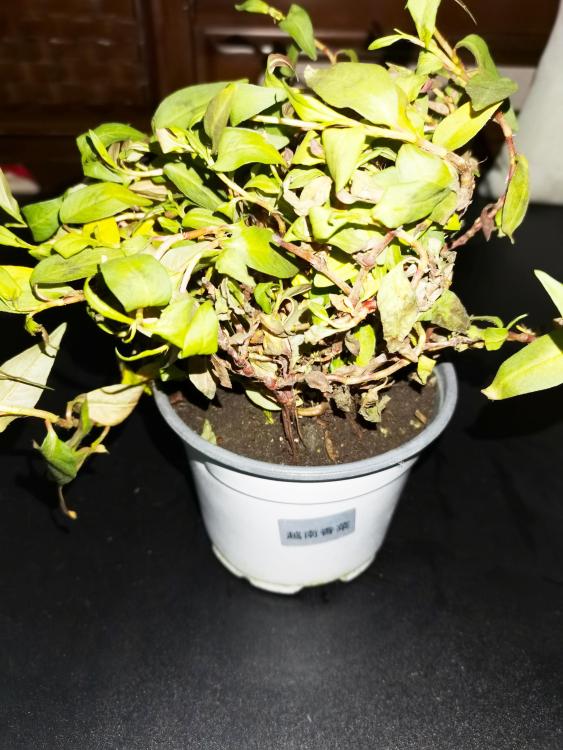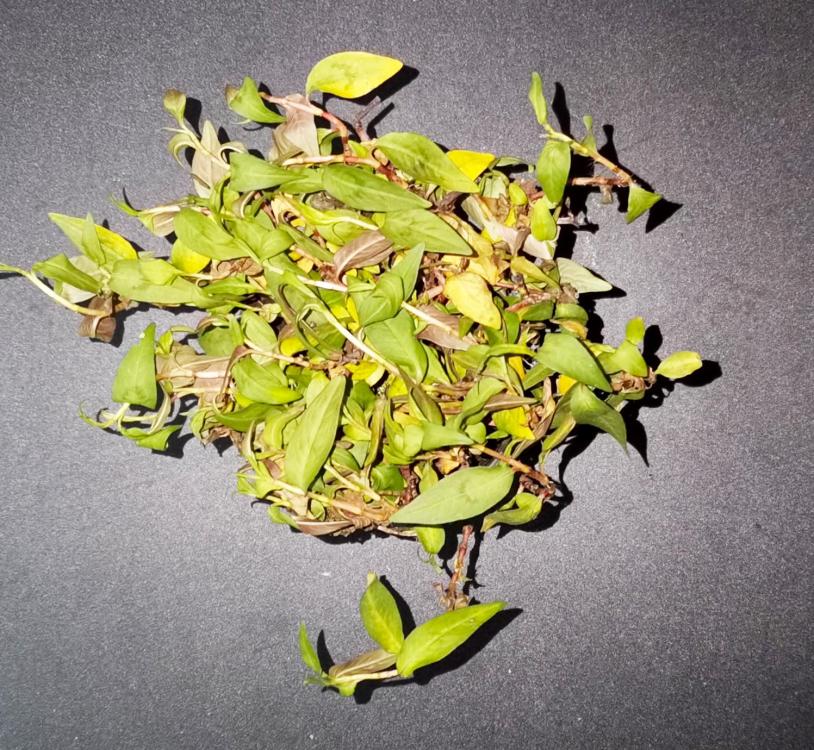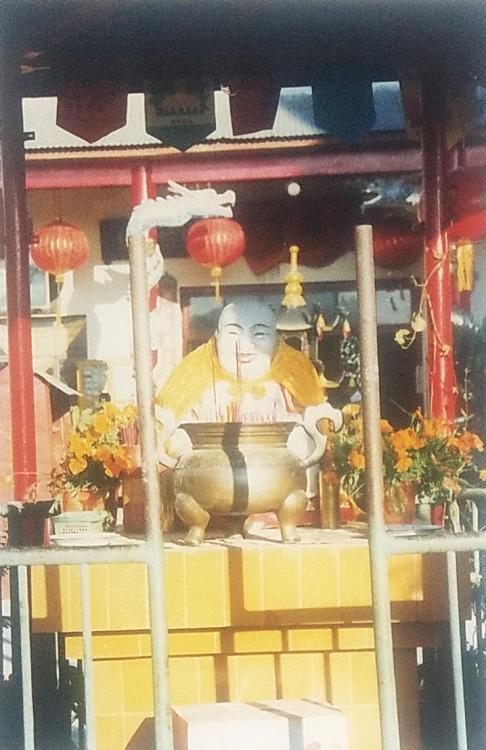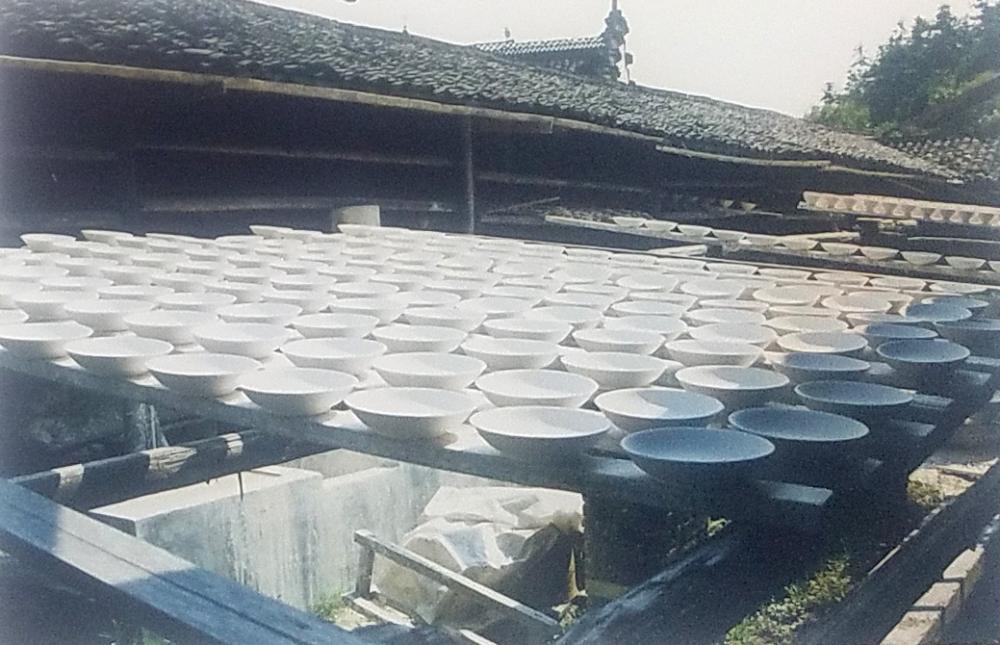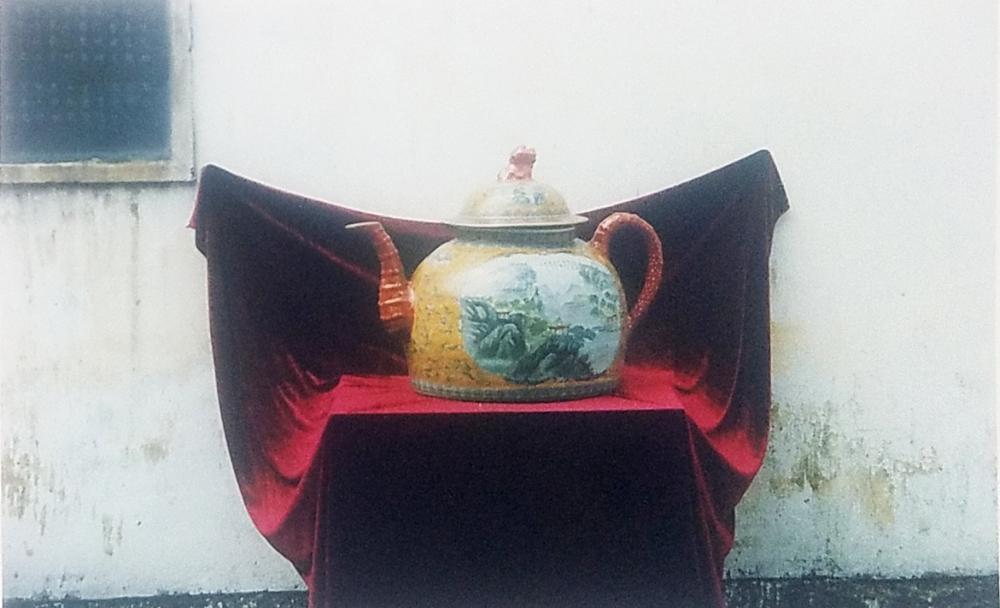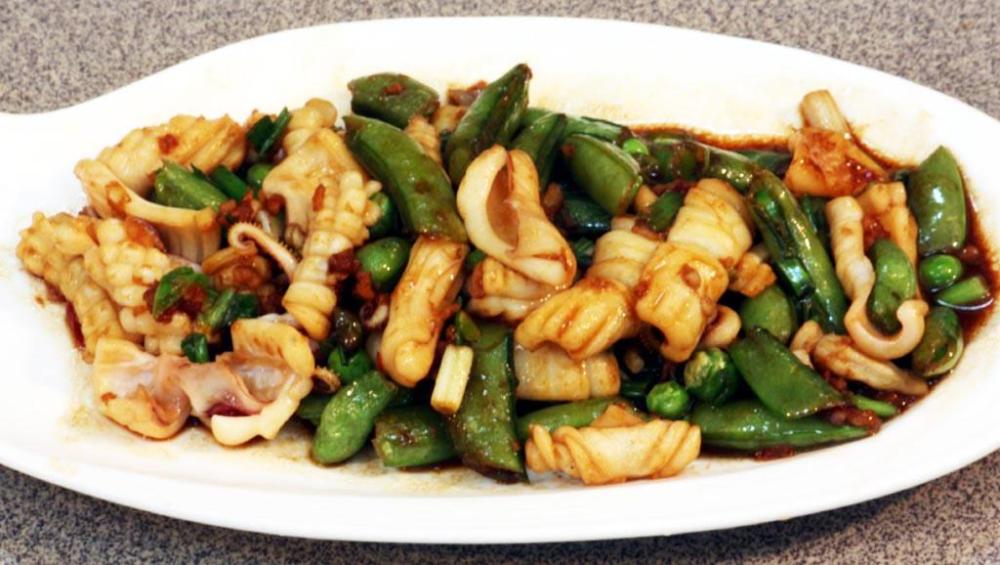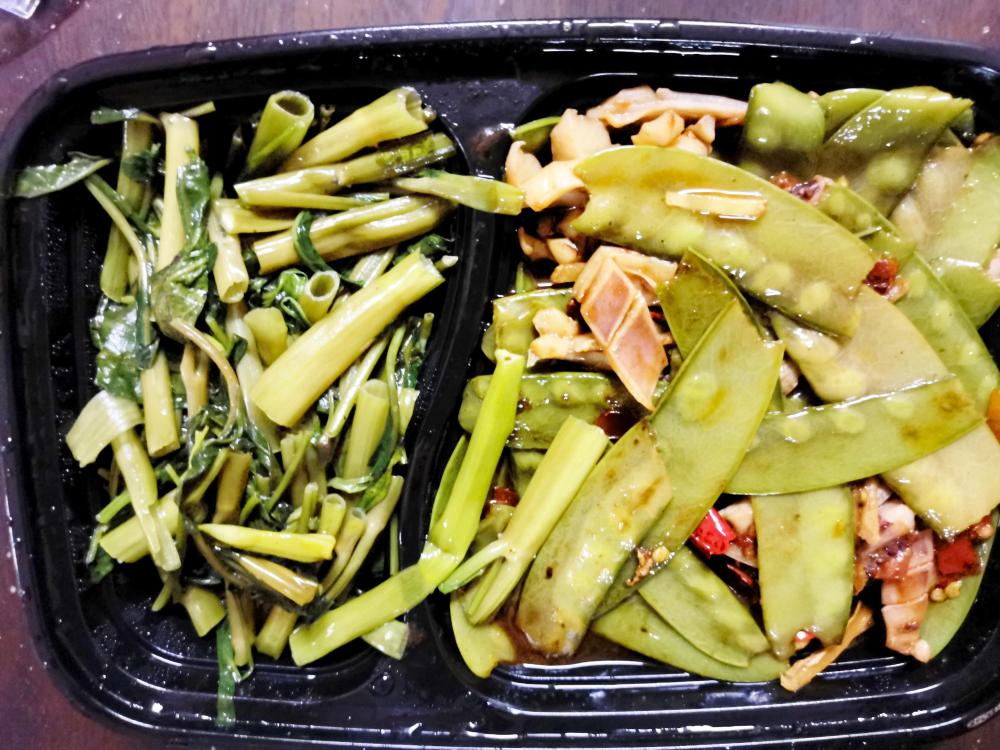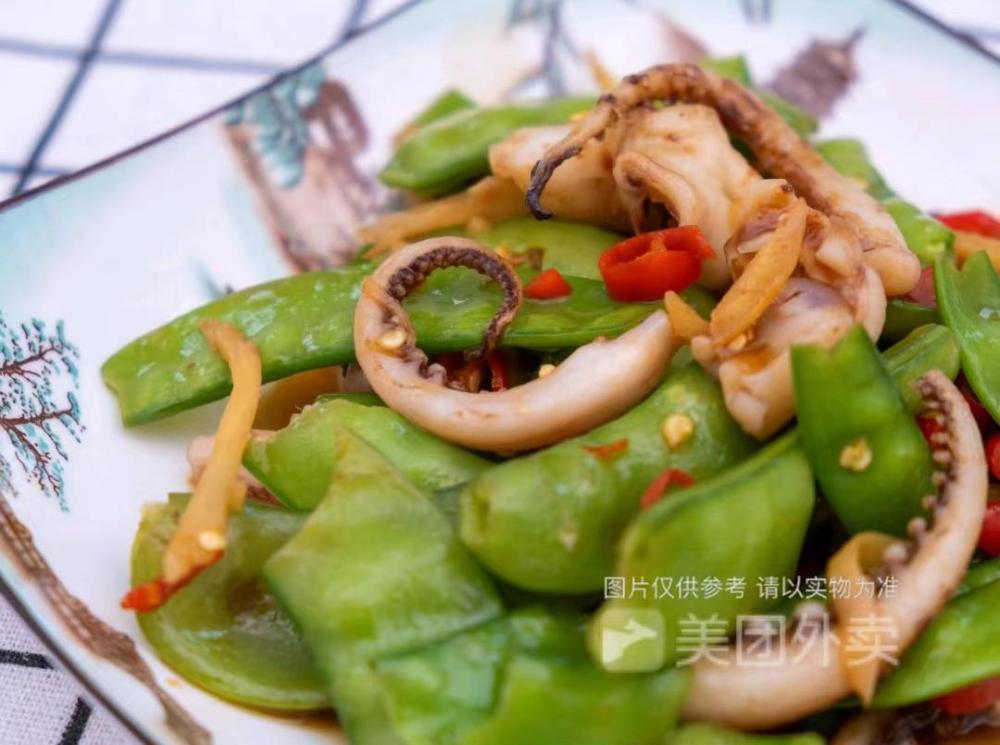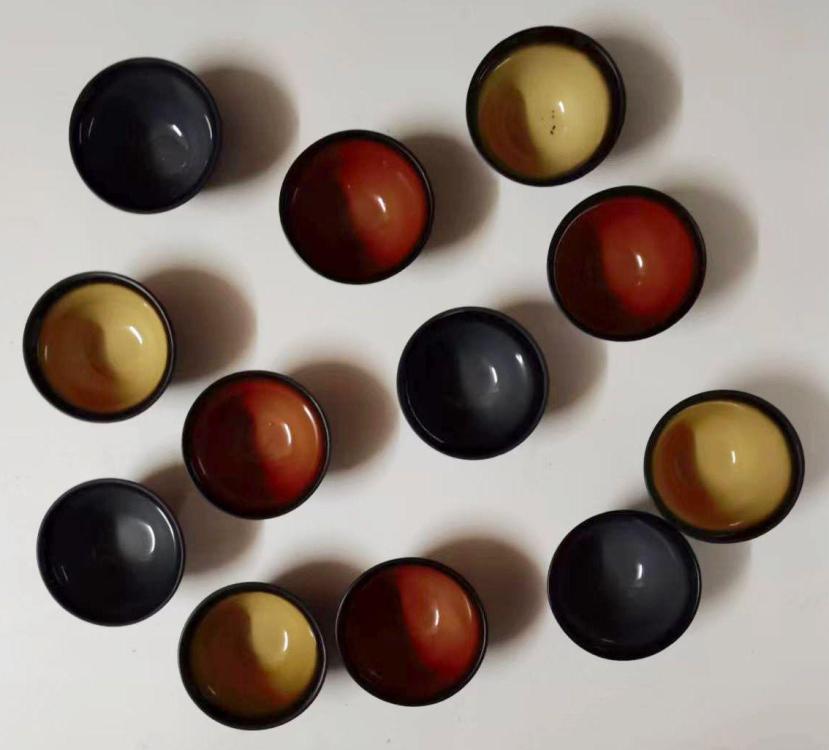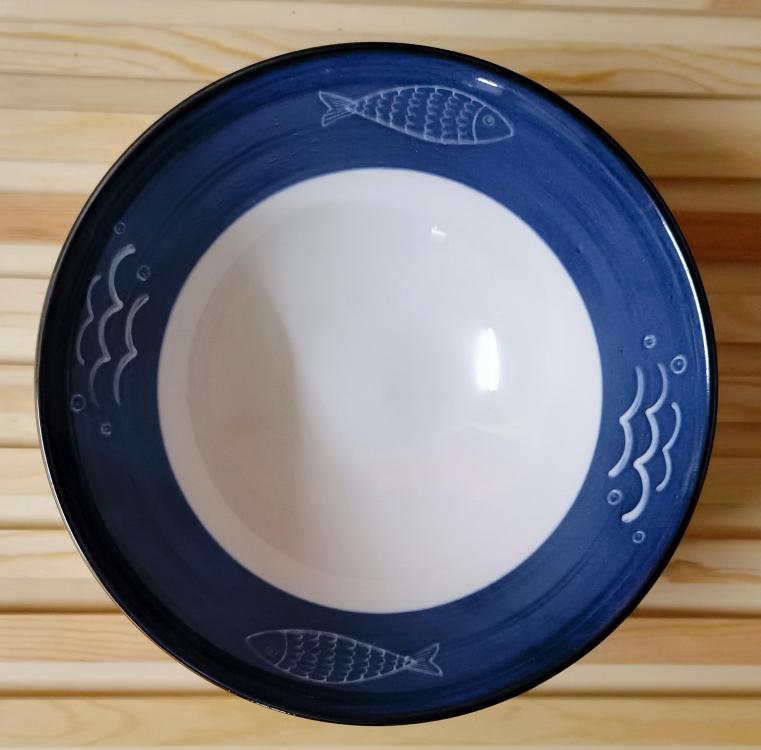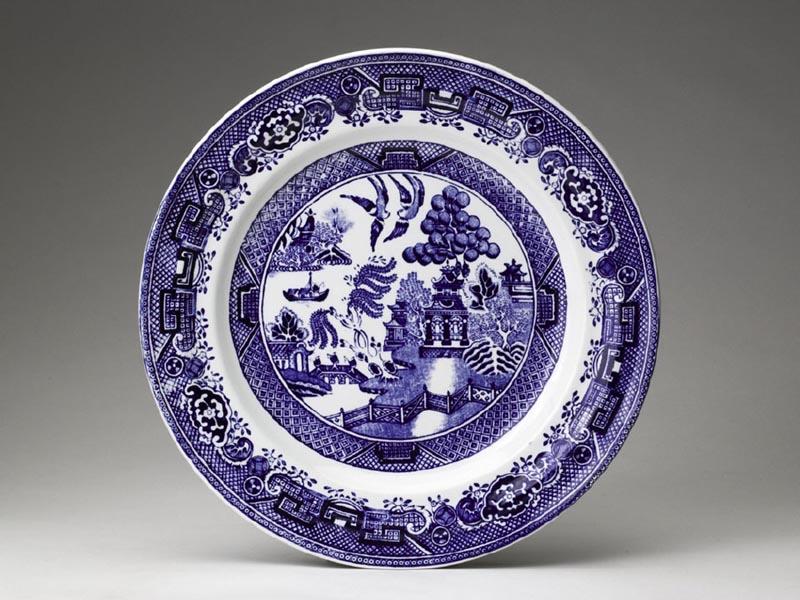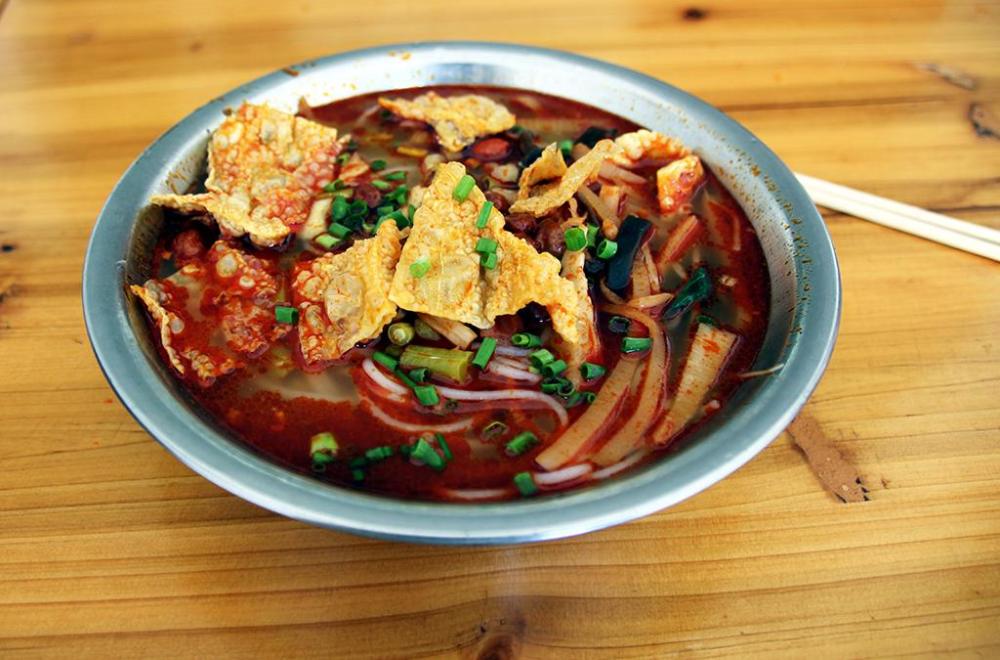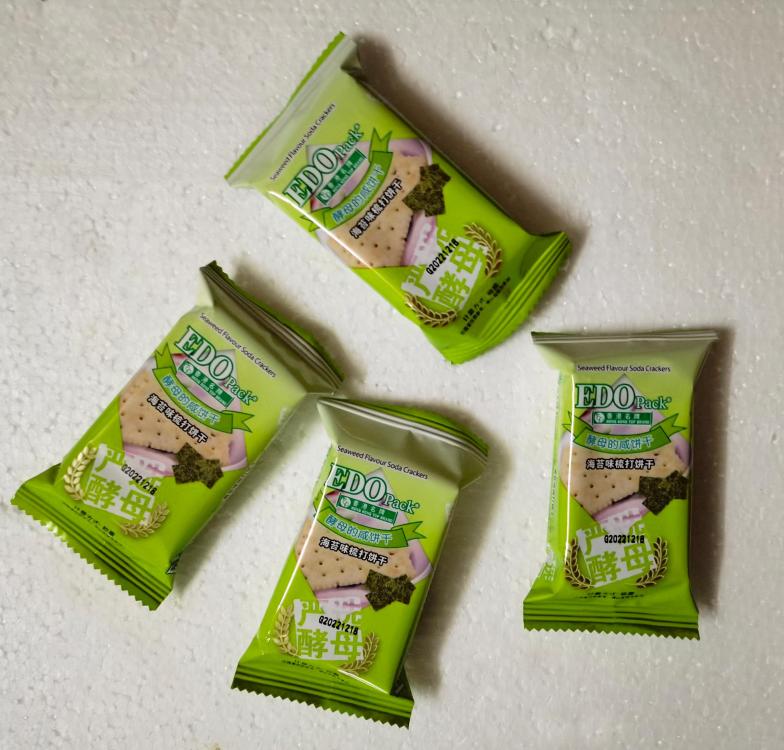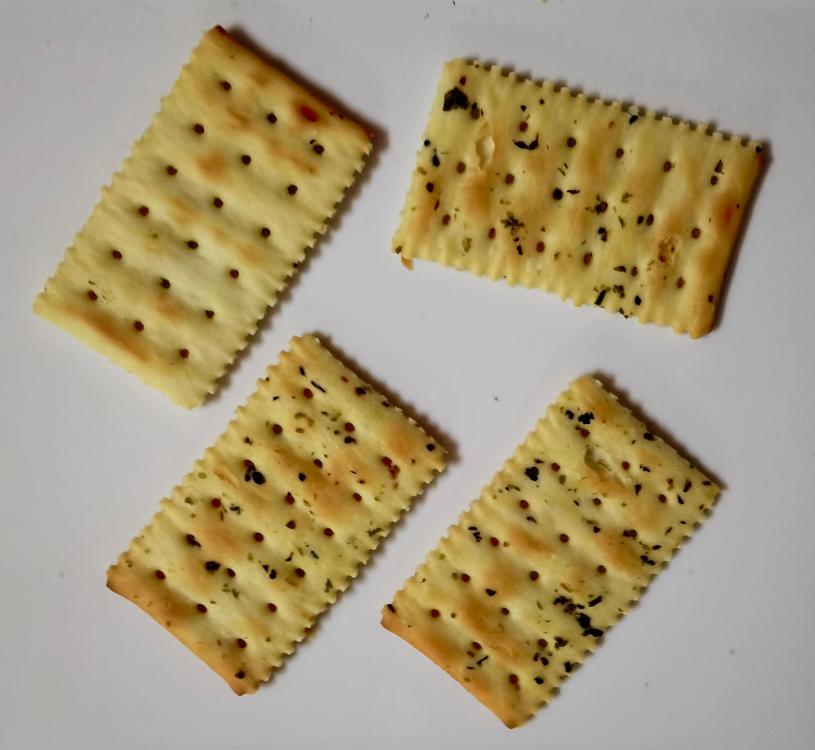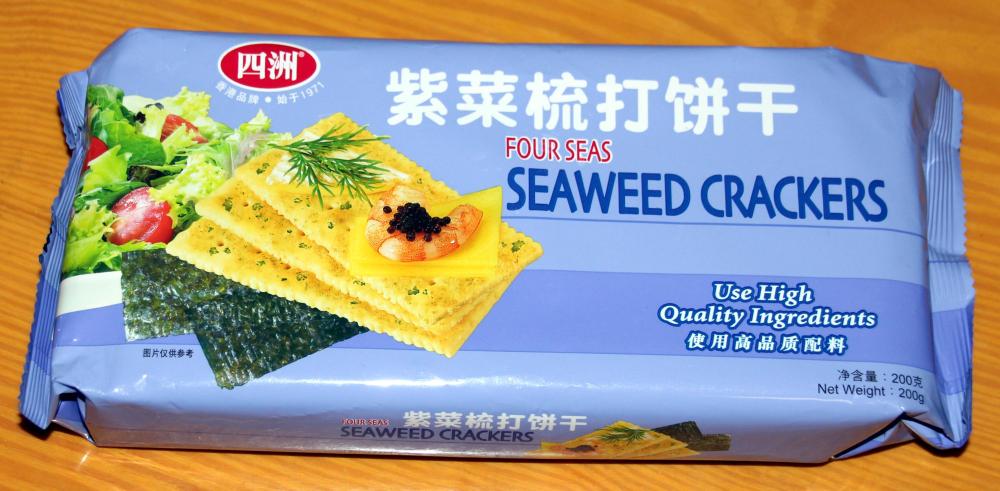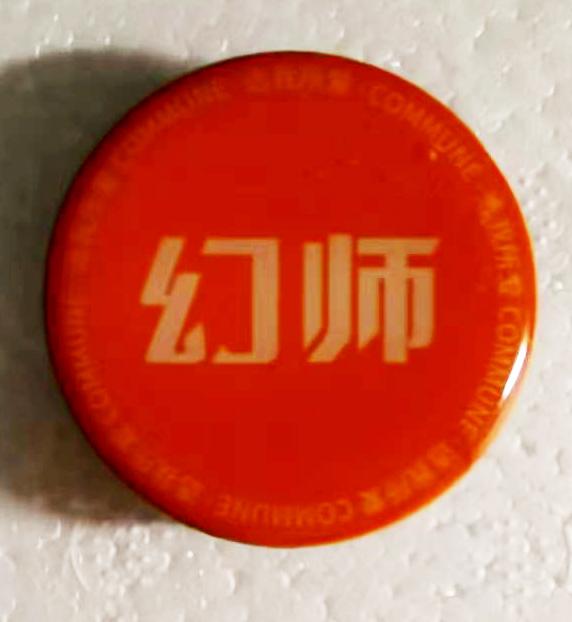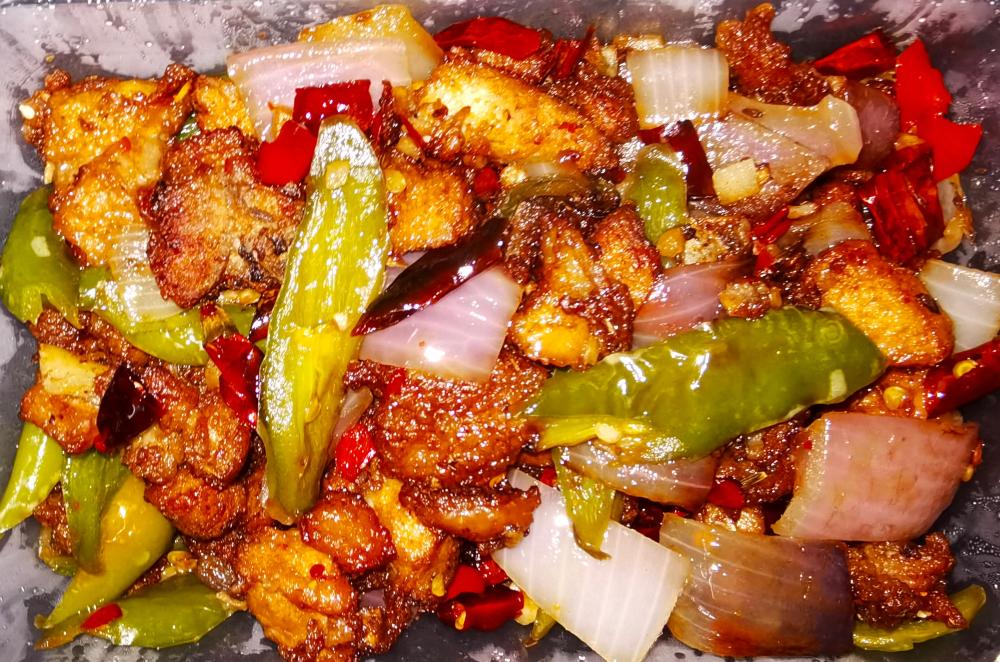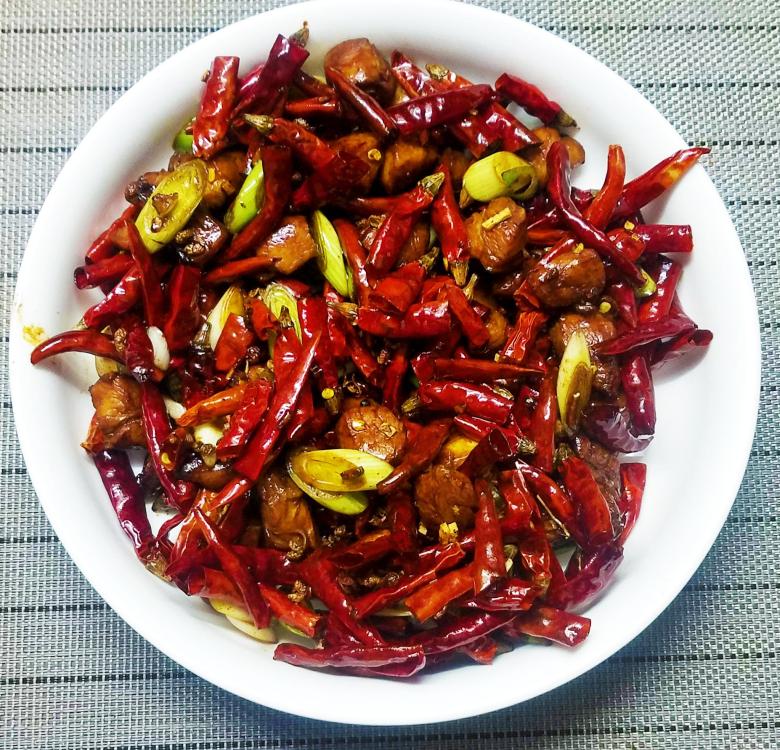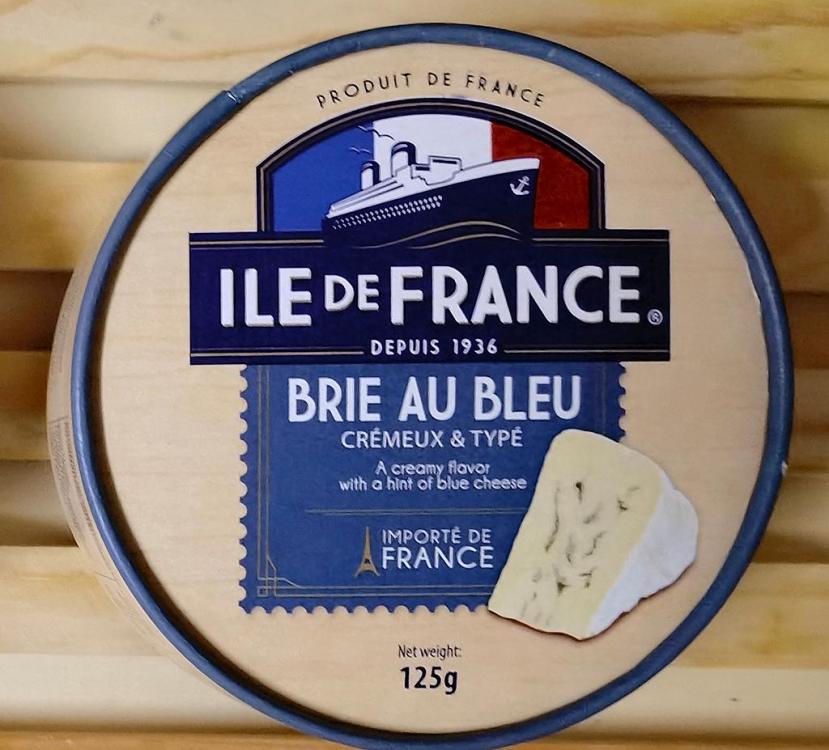-
Posts
16,751 -
Joined
-
Last visited
Content Type
Profiles
Forums
Store
Help Articles
Everything posted by liuzhou
-
Well, like nearly all of the world, China is metric.
-
Yes. The only reason I didn't immediately bin it was that I remembered you saying before that your plant was indestructible.
-
I'd buy a better measuring jug. Weighing would work, but not exactly convenient. It has intermediate steps. Around $5 USD. Anything between the marks can easily be guesstimated by eye and won't make much difference if slightly out. Image from ad where I bought it
-
-
Tired out by some delivery failures tonight I went back to somewhere I've used before - nearby "Thai" restaurant. I ordered their 黄咖喱鸡肉 (huáng gā lí jī ròu), yellow curried chicken which came with what they called 泰式炒包菜 (tài shì chǎo bāo cài), Thai style stirfried cabbage. It isn't really Thai; it's a Chinese version of Thai food. The chicken curry was mostly potato, but I expected that; all Chinese curries are mostly potato. But it was acceptable, although a bit light on spice. In a way, my getting jaded with delivery food despite the huge choice, is actually good. It's spurring me on to get fit enough to cook again.
-
My search for rau răm has been a frustrating waste of time. I have ordered it now from three different suppliers advertising it on Taobao. One said it would take five weeks to arrive from a place I can get to in three hours), another said they were out of stock then deleted their listing and the third said they were ony testing to see if there is any demand and may, or may not, have it at some unknown point in the future! So, I gave up and ordered a plant rather than just the leaves. It arrived today. Half dead and the surviving half dried out and yellowing. It was also seriously potbound. I have re-potted it and will see if it revives, but I'm not hopeful. I might just have to move to Vietnam. Overhead shot.
-
Here are a few snapshot scans of predigital photos taken in Jingdezhen in 1998. Sorry about the quality but they are almost prehistoric! They may have been taken with my Ming Dynasty camera. It may not look like it but they all contain porcelain used in culinary affairs.
-
I give up! Yesterday night. Dinner deivery. Advertised on the app as 荷兰豆炒鱿鱼 (hé lán dòu chǎo yóu yú), squid with snow peas. Image from Meituan App What turned up. On the left we have 空心菜 (kōng xīn cài), water spinach - in Chinese, literally 'hollow heart vegetable'. Right, the star of the show, the squid with peas. The flavours were right but the peas were overcooked and the squid was vulcanised rubber. Dreadful. I have to get back to cooking. Here is my version from a while back.
-
Yes, Burmese food is a wonderful mix of S.E. Asian and Chinese influences alongside many Indian and partly colonial influences from the UK. Me likes a lot. Laotian food is similar in many ways to Vietnam and Cambodia, but with its own quirks and inventions. It is widely accepted that larb originated there. Also, they eat a LOT of fish, often smoked and their equivalent of fish sauce is padek, which is very different from Vietnam's or Thai, in that it contains lumps of the fermented fish and can make a meal just served over rice.
-
The Northern Thai version came from Laos, carrried by refugees in the 60s. There is stiil a large Laotian population in the north. I first ate rau răm in Laos where it is usually served with the "Vietnamese" herbs including rau răm.
-
I never met Anna, but over the years we talked a lot, both on the forums and privately. I came to regard her as a friend. Although I knew she was not in a good place recently, when I heard the news about Anna’s leaving us, I felt bereaved. I don’t wish to sound overdramatic but I’ll miss her sorely. She was, for me and many others here, the heart of this community. Clever, funny, knowledgable, inquisitive and always, always kind and humble beyond the call of duty. Never afraid of asking a question, to the point that I always felt happily anxious if I answered. I knew she’d come back with twenty more! An inspirational woman. eG will be a lesser place without her.
- 74 replies
-
- 14
-

-

-
Here are a couple of my Jingdezhen tableware items. My favourite noodle / soup bowl. Dip / condiment bowls
-
When I was a kid, my father’s great-aunt was still alive and about once every couple of months or so we would be required to get on our finery, adopt our best behaviour and pay an official visit. She was a true relic of the Victorian era and lived stubbornly alone in what I was certain was actually a museum, rather than a domicile. The sitting room where we were received by her majesty and treated to afternoon tea with cucumber sandwiches and buttery scones (not together) was littered with bric-a-brac of all sorts. Some were fascinating, some scary. I particularly remember being intrigued by what I think were clams shells containing miniature replicas of famous buildings of the world – Rome’s Colosseum, the Eiffel Tower, St. Paul’s Cathedral etc. And, of course, there was a dresser full of highly decorative plates and serving dishes, including several examples of Willow Pattern. This, I was told, was what everyone in China ate from. (I remember being confused as to what they ate from these plates, because I was simultaneously being lectured on not wasting food and eating the more nasty things for dinner because the starving Chinese would lap them up.) Also, my great-great aunt would tell us the ancient Chinese story behind the design. Sadly. years later, but long before I ever came to China, I learned the truth. Chinese Willow Pattern ain’t Chinese, at all. It was invented in the late 18th century in England, probably in the famous Spode pottery works. Back then chinoiserie was a huge fad, prompted by Queen Victoria's husband Albert. It is unknown in China. And the story? Yes, English, too. It, too, is unknown in China. If you want genuine Willow Pattern, go home. There is none here P.S. If you are interested in Chinese pottery which is from China, then I recommend a trip to the town of Jingdezhen (景德镇 - jǐng dé zhèn) in Jiangxi Province. The town is famous for its 1,700 year old porcelain industry. There are dozens, if not more, workshops where you can watch the craftsmen and women at work. And, of course, buy the results of their labours. Be careful. Some prices are astronomical, but there is also plenty of choice in lower price brackets. I’m not particularly interested in porcelain, but I found the place fascinating. On the edge of town there is a large pottery workshop operating as a living museum, where they only produce their wares by the ancient, traditional methods. I spent hours in there watching the artists patiently and carefully decorating and carving. And yes, I did buy some. There is more information on Jingdezhen porcelain and the different types here.
-
'Dainties' was the name for similar if not identical confections for 500 years before bon-bon replaced it in the 18th century fashion for Frenchifying things.
-
Dainties
-
I've tried to like it but, while I don't hate it, I just always feel disappointed. Nothing special. When I was living in Italy 40 years ago, I tried it in Milan, its birthplace. Again, my reaction was "OK. So what?"
-
These were my favourite but they disappeared about a year ago. No idea why. Then I found these instead. Very similar but lighter on the nori. I buy them then in 2.5 kg boxes at a time. Great with cheese.
-
The word for fish in Chinese is 鱼 (yú). Both alligators and crocodiles are 鳄鱼 (è yú). Here at least they are fish. But so are turtles,terrapins, whales, octopus, eels, squid, salamanders, horse shoe crabs (but not other crabs) and even mermaids! Anyone have a menu for mermaid? Preferably spicy.
-
I totally agree. When I read that I thought the same. I've never cooked the recipe and never will. That's why I put it here rather than the eG recipe topic. I really don't know the answer. I only posted it as an illustration of what the croc farm is saying. I should have made that clearer. That said, Siamese crocodiles are a lot smaller than American ones.
-
My freezers were, still are, well stocked but for months I couldn't walk to the kitchen. Even answering the door to my delivery people was difficult but closer to my bed. Yes. I know I'm lucky in the vast choice I have.
-
Having been on the sick list for a year and spending the last three months plus in bed, although I am recovering, I’m beginning to question my mental capacity to decide what to eat. I still rely on deliveries from local restaurants; some meals have been great, a few memorable for all the wrong reasons and most just dull, uninspired and sad. The worst is when I tire of Chinese and try to get something western - see the now notorious “fish and chips” I suffered recently. Yesterday, for lunch, I went off-piste again and ordered a pizza from the same place I recently had a good ham and arugula / rocket pizza from. I have reordered that one in the past but this time I chose their pepperoni number. It wasn’t bad, but not great and would have benefited from another few minutes in whatever they are cooking them in. But edible. When I get my walking legs back, I’ll go and investigate the place. It’s about ten minutes walk or an hour’s hobble from my home. The restaurant uses an English name – Commune. Whether that is a verb or a noun, I don't know. For, some unknown reason, with every order, they include one of these things. I now have three of the damn objects. Two are decorated with the restaurant name. OK. Advertising, I get. Some sort of cell phone accessory to be used like this, I think. Image from online ad selling the things. I never use my phone like this. I hold it to my ear and talk into it, as Mr Bell and nature intended! What are these things called in English? The Chinese name means ‘phone grips’. My pepperoni pizza came with this one. It reads 幻师 (huàn shī) which literally means ‘fantasy master’ but more pragmatically ‘illusionist’. I think they are gaslighting me or maybe my pizza wasn’t really there! I'll probably unload their phone things on a passing communist, if I can ever find one.
-
I ordered this more out of curiosity than anything else. It was described as 柳州辣子鸡 (liǔ zhōu là zi jī), something which they have made up. 辣子鸡 (là zi jī) is a famous Sichuan / Chongqing* dish of chicken buried in a heap of red dried chillies and Sichuan peppercorns. Fuchsia Dunlop translates it as Chicken with Chillies which I can’t argue with, or as Firecracker Chicken, which bears no relationship to the Chinese name. Here’s what arrived. The basic flavour was right, but it looks all wrong and was bulked out with fresh green chillies and onions which are not used in the original. The chicken was on the bone which is authentic. It was good but not Laziji. This is laziji I made a while back, based on Fuchsia Dunlop’s recipe. *Chongqing was in Sichuan until 1997 when it was taken out in a Beijing dictated reclassification. It is now directly controlled by Beijing.
-
Looks very like Agaricus campestris squamosus (field mushrooms). Very common in urban gardens. But please, please don't take my word for it. They are also very similar to some deadly poisonous fungi.
-





